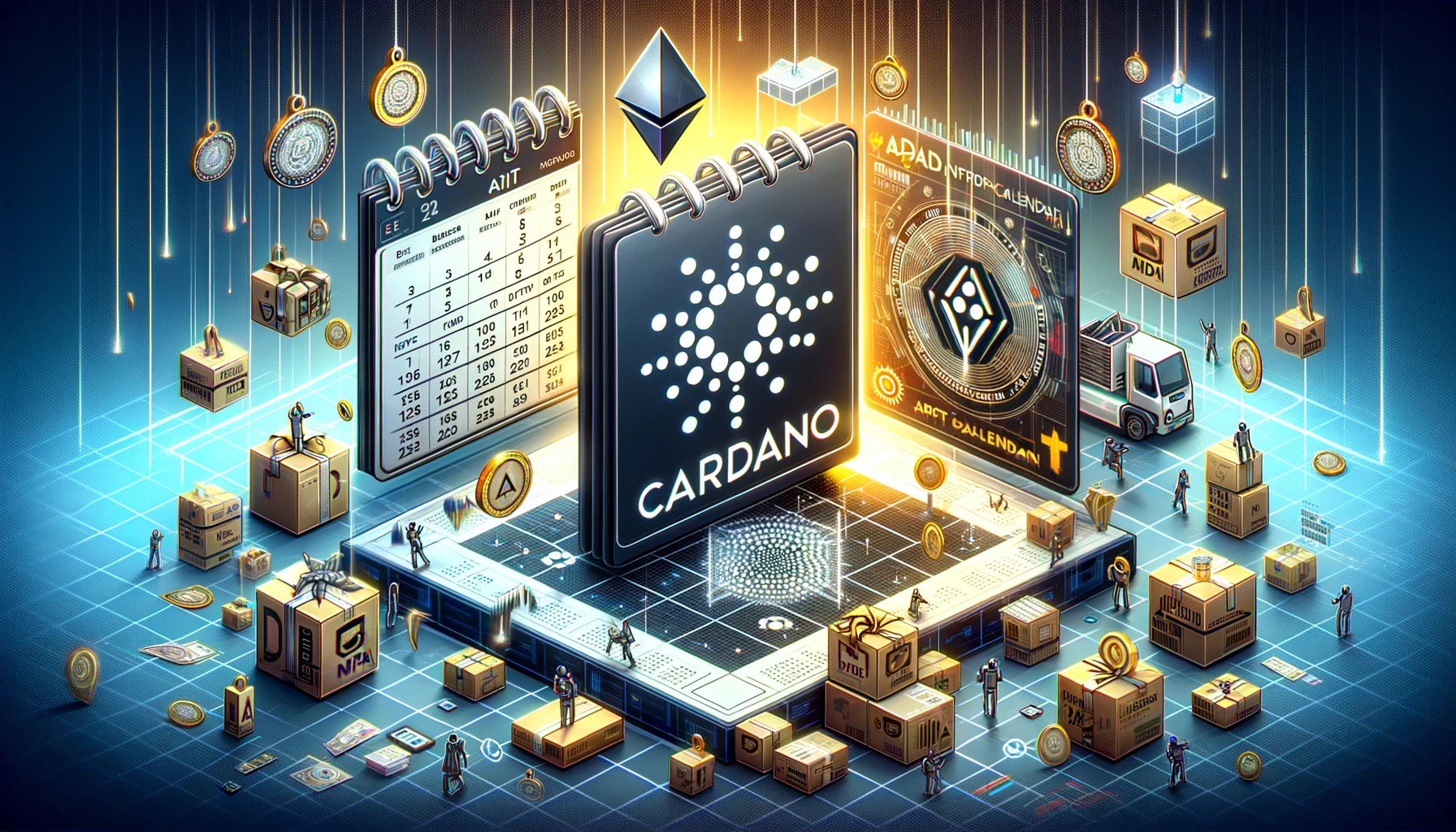Analyzing DappRadar's Q3 NFT Report
September 23, 2022 - 6 min read
DappRadar just published its Q3 NFT report and it is full of insightful data amidst a market-wide downturn. In this article, I highlight key takeaways from the report and what to watch as we finish Q3 2022, the rest of the year, and head into 2023.

Introduction
NFT trading volume crashed a whopping 75% from Q1 to Q3 this year, down from its peak trading of $35.6 billion transacted from July 2021 to February 2022.
There have certainly been doubts about non-financial assets like NFTs holding value over a sustained period of time, but that’s been compounded by macroeconomic conditions like inflation and global conflict.
But the market hasn’t died completely. It isn’t a fad that is just “over”.
More and more brands continue to launch NFTs and DappRadar, the world’s largest decentralized app (dapp) store, just dropped an NFT report that predicts sales to grow by 6% ($21.1 million) by the end of Q3.
I’m going to dive into that report and pull out the key takeaways and why there are some positive signs ending Q3 and heading into 2023.
DappRadar, for those unfamiliar, is a marketplace for decentralized apps across various blockchains and also has some really useful tools, like a portfolio tracker.
The report is chock-full of useful data and upon deeper analysis (explained below) there are some positive trends forming.
How Are The Top 100 Ethereum NFT Projects Performing?
The fascinating dynamic with NFTs is that they are traded with cryptocurrency, of which the price (in USD) changes on a frequent basis.
For example, an NFT that sold for 10 ETH in February, could be 4x more expensive in USD as an NFT sold for 10 ETH in June, because the price of ETH dropped.
According to DappRadar’s report, the top 100 NFT projects on the Ethereum blockchain lost 44% ($19 billion) in USD value from the previous quarter.
However, the market cap (ETH) of those projects decreased by just 27%.
This is an insightful takeaway — most traders think in ETH terms (this is anecdotal, not researched) and part of the theory as to why NFTs ran away in value is the fact that the price of Ethereum rose to record prices ($4k+) and traders didn’t fully comprehend that value.
The chart from DappRadar below highlights the NFT trading volume dip (in USD) over the last 3 quarters:

Source: Dappradar
It’s not great news that the USD value of these projects dropped 44%, but the fact that they only slid 27% (in ETH value) signals that traders are still comping the value of NFTs to ETH:

Source: DappRadar
Unique NFT Traders Increases 36% YoY
This is where things get really interesting.
According to the DappRadar report, the number of unique NFT traders increased by 36% from Q3 of last year, with 2.2 million traders (ignore the dollar signs in the below chart):

Source: DappRadar
The early hypothesis about NFTs was that the “masses” would enter and while prices per transaction would drop, demand would soar when that happened.
Trading NFTs still requires some technical know-how from buying cryptocurrency to setting up and funding a wallet while avoiding scams and hasn’t yet hit a critical scale, but 2.2 million traders (a slight drop from Q2) is still strong.
Regardless of other factors, people actually being interested in trading NFTs over the long-run matters the most. It’s telling that after 75% crashes, there are still millions of people trading NFTs, albeit with fewer dollars / ETH circulating.
Blue Chip NFTs Show to Be More Resistant to Demand-Side Shocks
The DappRadar NFT report has shown us a few key data points so far:
Overall NFT trading volume is down 75% from Q1 to Q3
The top 100 ETH projects lost 44% of their USD value
Unique traders are up 36% YoY
Their next insight is another critical point that aligns with the general sentiment that “99% of NFT projects would go to zero”.
Because of the hype and excitement in the market, a number of NFT projects were launched to capitalize on the opportunity, but few had committed leaders (or history on their side) to sustain demand.
While Q1 2022 trading volume was $9 billion+ across 19.8 million trades, Q2 was met with the Luna collapse and trading volume dropped to $5 billion and making it even more challenging for any project that didn’t have those qualities.
The 80:20 rule, which suggests that 20% of input affects 80% of the outcome, seems to be in full effect as sustained trading volume has seemed to stay within the top 20% of projects on Ethereum:

Source: DappRadar
CryptoPunks and Bored Ape Yacht Club, both owned by Yuga Labs, saw modest floor price decreases (between 5% and 7%) but these projects are “stickier” because they are more established:

Source: DappRadar
Note that the number of average holding days for CryptoPunks is likely skewed because the project was released in 2017, but the above image is indicative of collectors vs. short-term flippers.
The trading volume for these collections did fall by 88% in Q3, which is quite alarming but doesn’t mean it was supply-side (fire selling of assets).
Based on the holding periods and minimal floor decreases, it’s more on the demand side as there isn’t a flurry of activity to buy these NFTs.
So, yes, trading volume dropped significantly, but floor prices did not follow suit, suggesting holders are resistant to demand shocks and it is a signal of the sustainability of those specific projects.
It’s also worth noting that according to this report, Yuga Labs represents over 46% of the current NFT market cap!
Closing Thoughts and Other Key Takeaways
Another fascinating data point from this report is that ImmutableX, a layer 2 solution that reduces transaction fees, grew trading volume by 87% from the previous quarter.
There was also a record NFT sale, CryptoPunk #5822, purchased for 8,000 ETH ($23.7 million) by Deepak Thapliyal, CEO of Chain.
Avatar NFTs made up 51.8% of trading volume, with games at 8.7% and sports at 1%.
The time to do deeper into data like this to really understand the trends is now, in a down market and DappRadar did a phenomenal job of pulling insights in their Q3 report.
What I’m looking for in Q4 of 2022 is the number of unique traders, what attracts their attention, and how the blockchain technology continually evolves to support additional use cases, especially by brands.
I’ll also be watching the top projects closely to see how they create value within their communities if the trading volume (USD) continues to drop.
Newsletter
Enter your email address below to subscribe to my newsletter
latest posts





